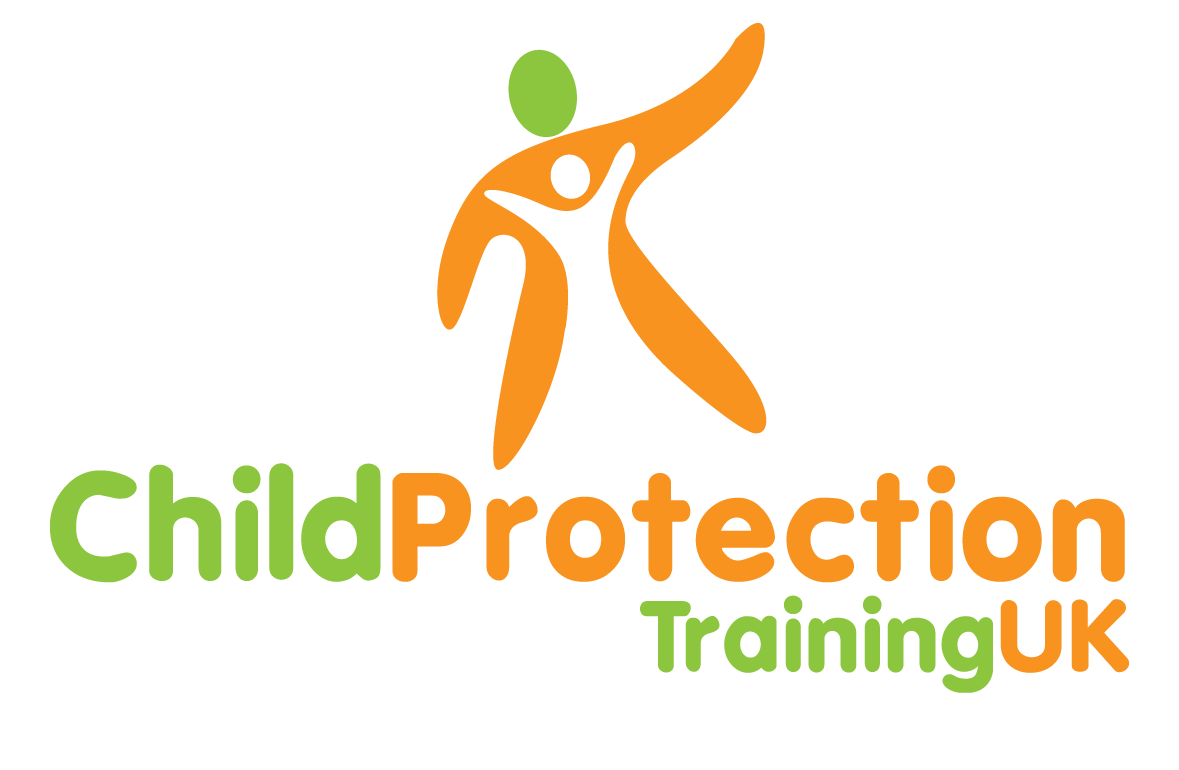Bing introduces child abuse search pop-up warnings
Company says anyone in UK using Bing search engine to seek out such illegal material will trigger warning message
Microsoft has introduced a pop-up warning on its Bing search engine that tells UK internet users that they are searching for illegal child abuse images.
The company said on Saturday that anyone using the engine to search for such material will trigger the Bing notification platform message warning, which tells them they are looking for illegal content and provides a link to a counselling service.
The move comes after David Cameron this week threatened to impose tough new laws on internet service providers if they fail to blacklist key search terms for abusive images by October.
A Microsoft spokesman said: “If someone in the UK tries to use search terms on Bing which can only indicate they are looking for illegal child abuse content, they will activate the Bing notification platform, which will produce an on-screen notification telling them that child abuse content is illegal.
“The notification will also contain a link to Stopitnow.org who will be able to provide them with counselling.”
Microsoft said it already has a policy of removing links to illegal content as soon as possible.
Meanwhile, a survey of social workers found that many struggle to deal with the online grooming and the sexual abuse of the children they are meant to protect.
The study by the British Association of Social Workers (BASW) and children’s charity the NSPCC showed that almost half the 327 staff surved did not know how to recognise the signs of online sexual abuse of children, while more than two-thirds felt they needed more support in tackling online abuse cases.
Although almost half (49%) said a quarter of their sexual abuse cases now involve some form of online abuse, 30% said they did not feel confident dealing with child protection sexual abuse cases using the internet.
A third (34%) of social workers surveyed said they did not feel confident about understanding the language used by young people online, and 47% said they did not know how young people communicate via social networking sites, such as Facebook and Twitter.
NSPCC chief executive Peter Wanless said: “Vulnerable young people are now being coerced into sharing explicit images of themselves via mobile phone messages and apps. It’s worrying that the majority of social workers surveyed by BASW are struggling to understand how online child abuse happens.”
BASW professional officer Nushra Mansuri said: “The number of cases in which the internet plays a part in the grooming and abuse of children is rising, and social workers need to be equipped to recognise the warning signs.”
Source: Guardian Online

